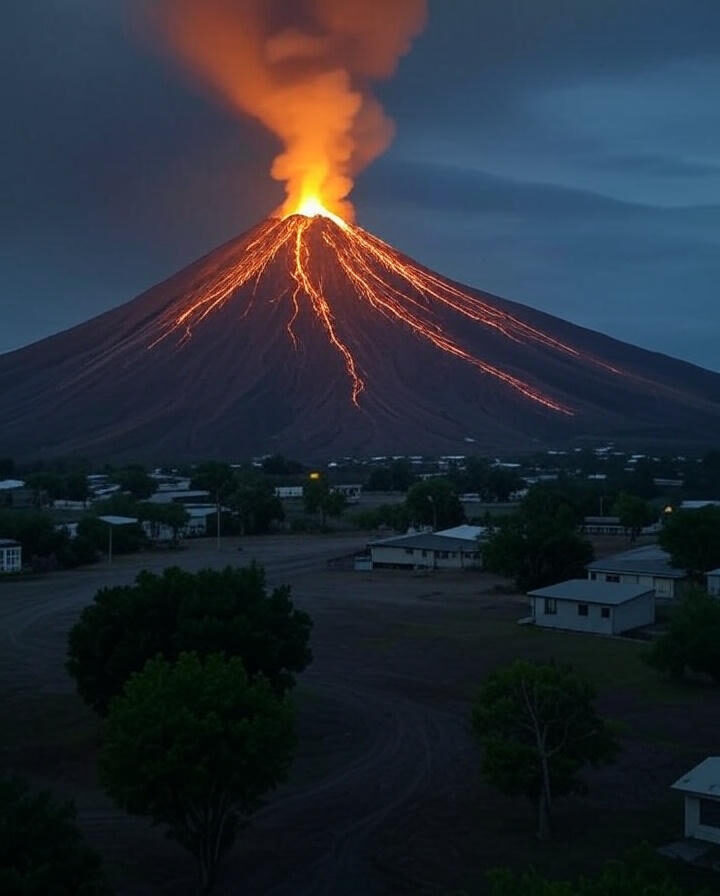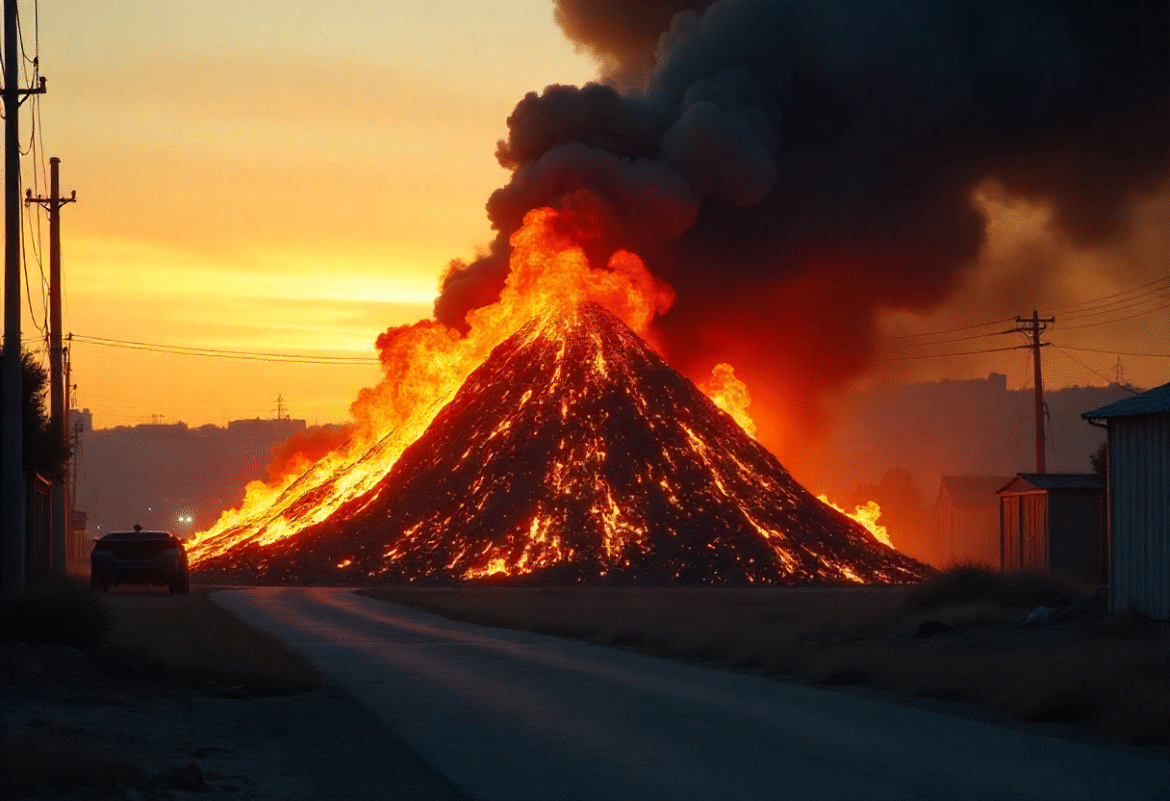The Unnatural Volcano: Norilsk’s Smelting Plume
Every summer, the industrial city of Norilsk in Siberia becomes host to a thick, persistent plume of sulfur dioxide (SO₂), mimicking a volcanic eruption. This phenomenon results from the city’s large nickel and copper smelting operations, which produce one of the most massive sources of SO₂ emissions visible from space (Earth Observatory).
Emission Magnitude: Volcano-Like Proportions
Norilsk’s SO₂ emissions are so immense that satellite imagery shows its plume dwarfing other anthropogenic sources and even rivaling emissions from volcanoes. In fact, Norilsk releases more SO₂ than most industrial sites so much so that among human made sources, it stands out as “almost double the size of the next largest anthropogenic source.” Researchers note its emissions are comparable to the passive degassing of active volcanoes only surpassed by the Vanuatu volcano Ambrym (Globedge).
Estimates place Norilsk’s annual sulfur dioxide output between 1,000 and 2,300 kilotons (12.3 million metric tons) per year (Earth Observatory).

Why Summer? The Seasonal Spike
While emissions are industrially consistent year round, summer brings enhanced visibility. Clear skies and stable atmospheric conditions let the SO₂ cloud stretch and linger above Norilsk, creating a striking “volcano like” plume that’s impossible to ignore. The term “anthropogenic volcano” stems from the visual resemblance of sulfur-rich emissions rising as though from a volcanic vent.
Toxic Fallout: Health & Environmental Hazards
This persistent plume isn’t just dramatic it’s dangerous.
- Human Health: High concentrations of SO₂ irritate eyes, throat, and lungs and can aggravate asthma and other respiratory illnesses. Extended exposure heightens these risks considerably.
- Ecosystem Damage: Surrounding forests show visible degradation bleached, stunted, or dead vegetation from SO₂ induced chemical stress, as tree stomata open and lose water, while photosynthesis fails (Earth Observatory).
- Wider Environmental Impact: The plume contributes to acid rain, which further harms soil, water, crops, and infrastructure.
Why It Matters: A Cautionary Case Study
Norilsk’s “humanmade volcano” highlights the sometimes-overlooked scale of industrial air pollution. Unlike natural volcanoes, which erupt intermittently and unpredictably, industrial emissions like Norilsk’s are steady, long term, and manageable but often under regulated. The visible plume serves as a symbolic and literal warning that heavy industry can generate hazards comparable to natural disasters.

